Summary:
I saw the keyboard made by others. I also started to work on my own idea.
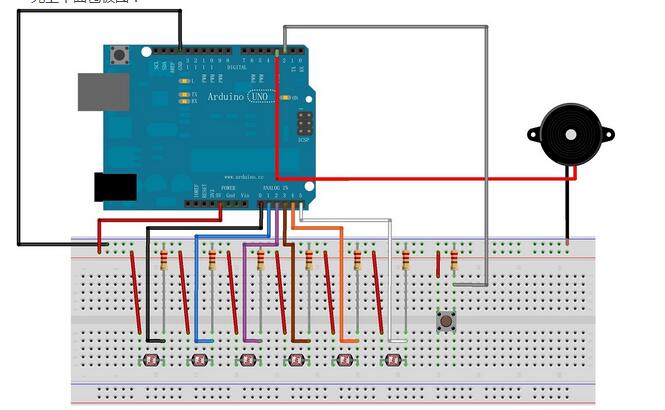
This is based on the use of a photoresistor to control the tone function so that the speaker sounds.
First on the breadboard map:
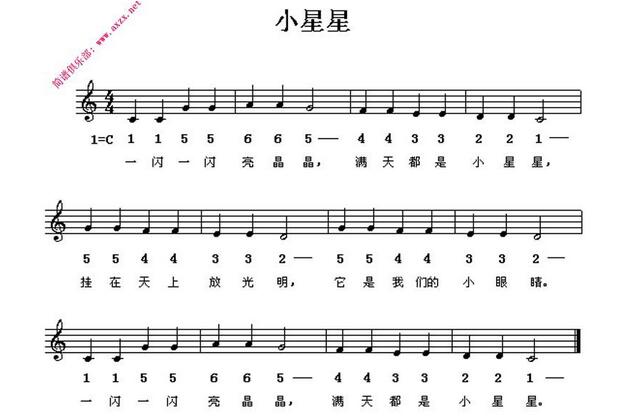
Note: The resistance of the string in the figure is 10kΩ.
Void setup(){
pinMode(3,OUTPUT);
pinMode(2,INPUT);
}
Void loop()
{
Int val1=analogRead(0);
Int val2=analogRead(1);
Int val3=analogRead(2);
Int val4=analogRead(3);
Int val5=analogRead(4);
Int val6=analogRead(5);
Int val7=digitalRead(2);
If(val1<100)
{
Tone (3,525,100);
}
If(val2<50)
{
Tone (3,589,100);
}
If(val3<100)
{
Tone (3,661,100);
}
If(val4<50)
{
Tone (3,700,100);
}
If(val5<250)
{
Tone (3,786,100);
}
If(val6<350)
{
Tone (3,882,100);
}
If(val7==HIGH)
{
Tone (3,990,100);
}
}
This code is based on the c tune, you can add it yourself, now based on this c tune, the first c tune "Little Star".
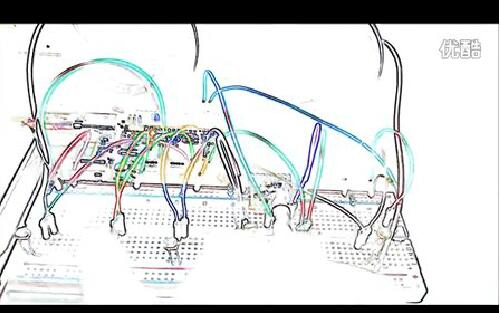
Another refit map (*^__^*)...
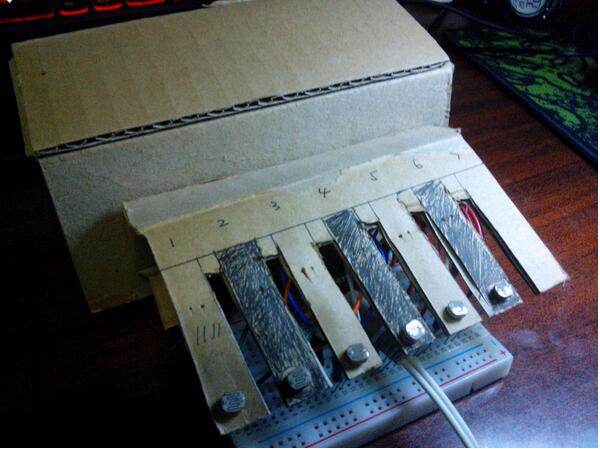
This is a self-welding 3.5mm interface that can be directly connected to speakers and other equipment.
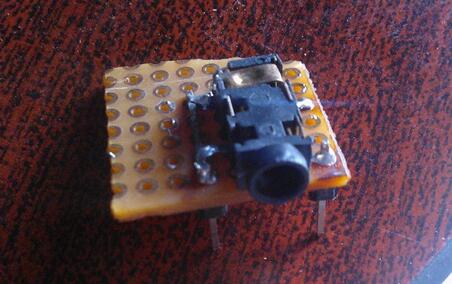
wedge prism (also known as wedge angle prism) is an optical prism with an inclined plane, which is mainly used in the optical field for beam control offset. The inclination of both sides of the wedge angle prism is relatively small. It can make the optical path deflect to the thicker side. If only one wedge prism is used, it can offset the incident optical path at a certain angle. When the two wedge prisms are combined, they can be used as a deformation prism It is mainly used to correct the laser beam. In the field of optics, wedge prism is an ideal optical path adjusting device. Two rotatable prisms can adjust the direction of the outgoing beam in a certain range (10 °).
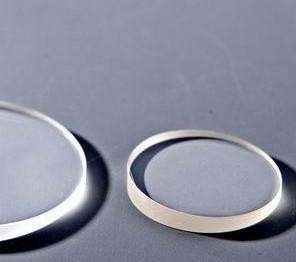
Wedge Prism
Hanzhong Hengpu Photoelectric Technology Co.,Ltd , https://www.hplenses.com